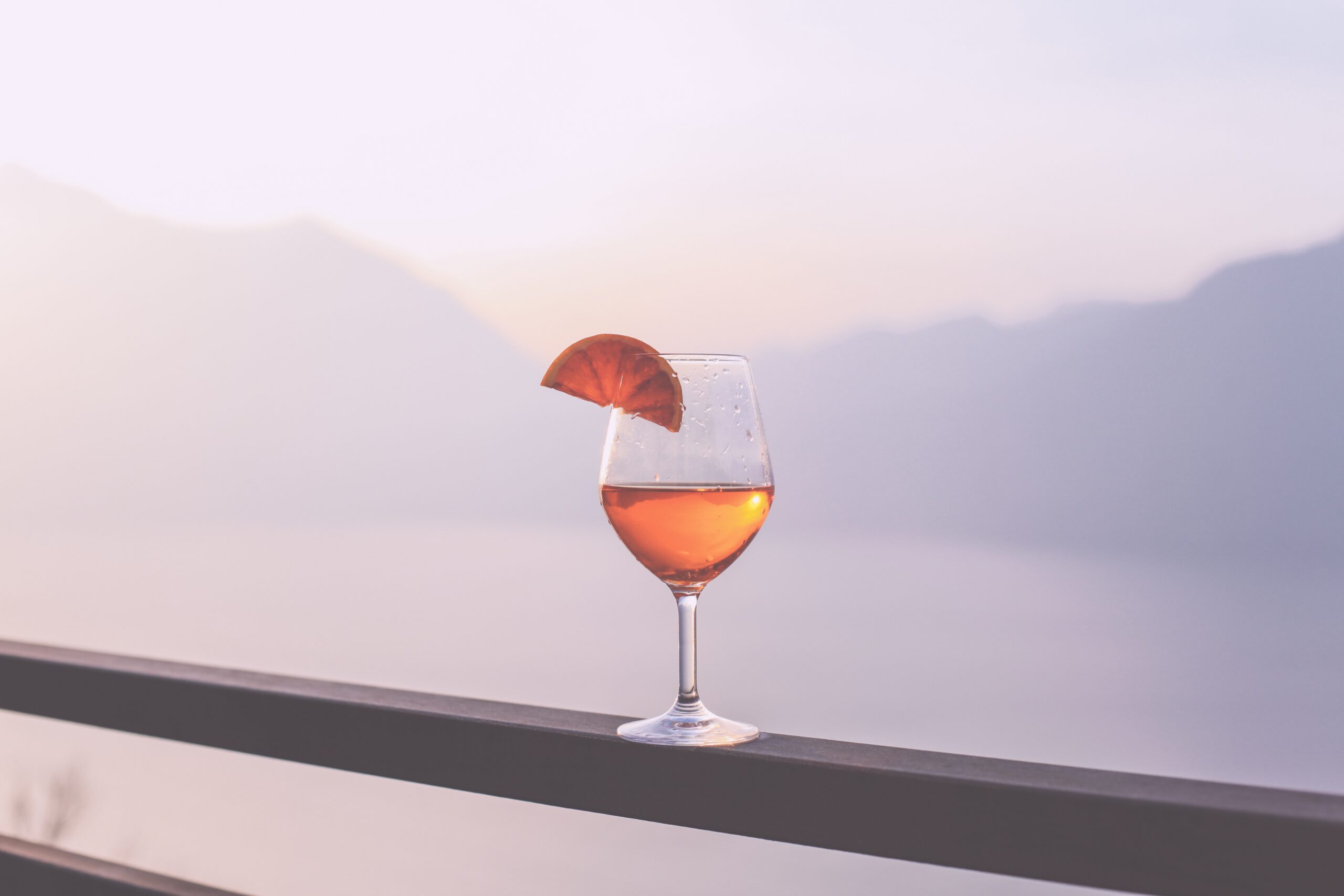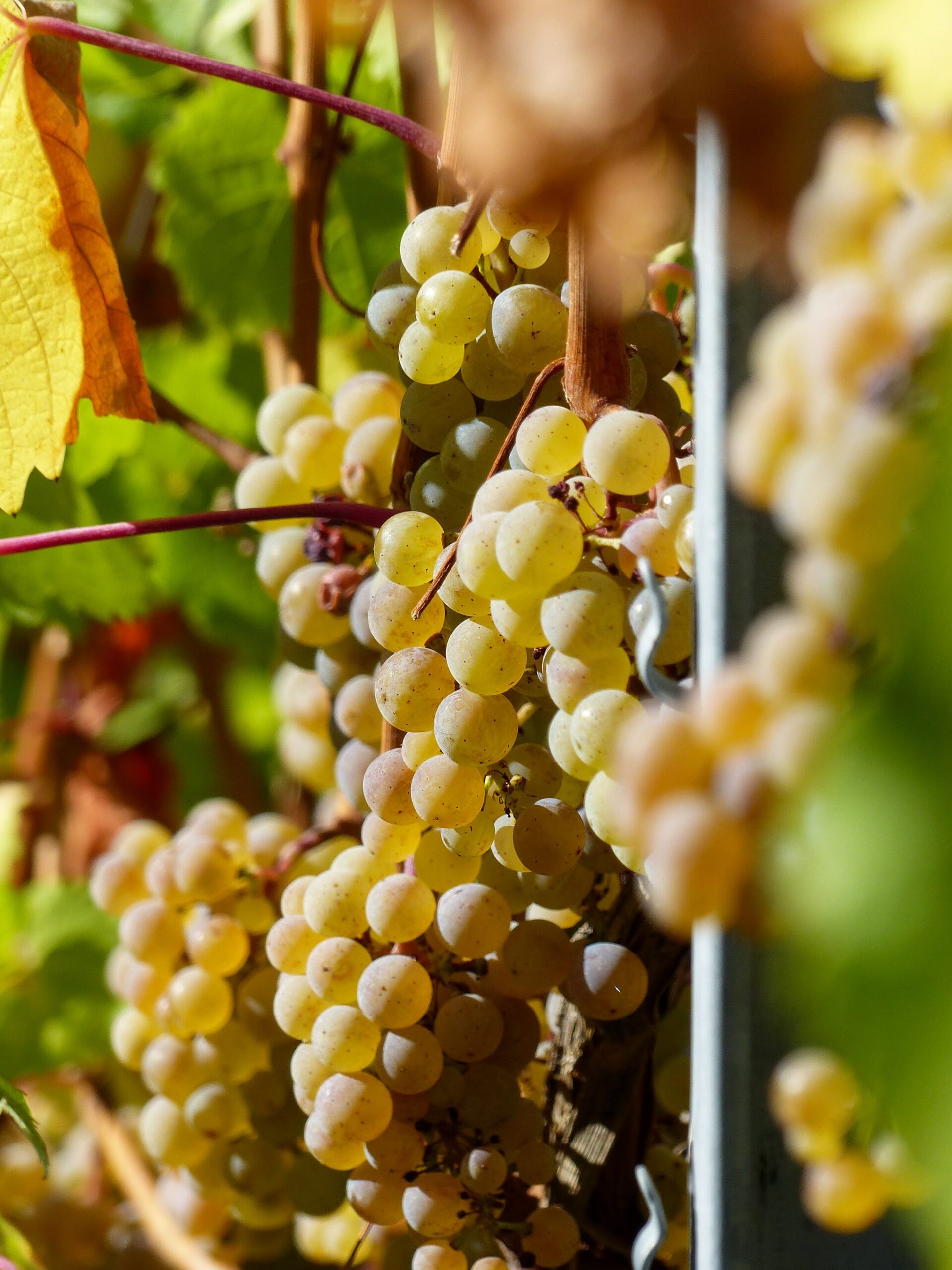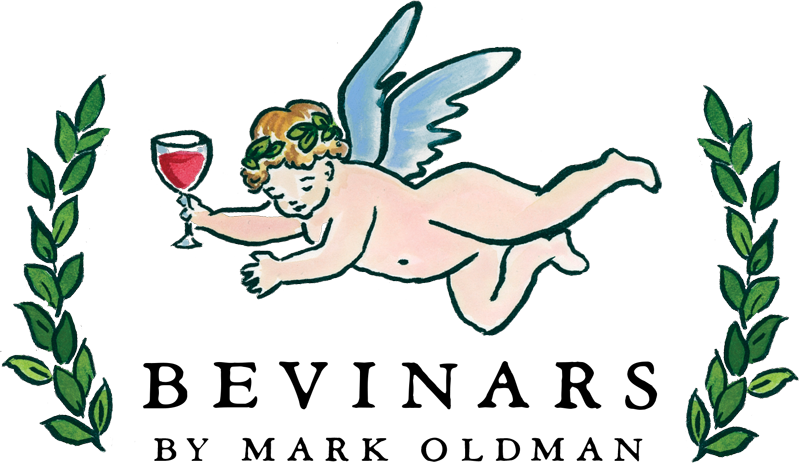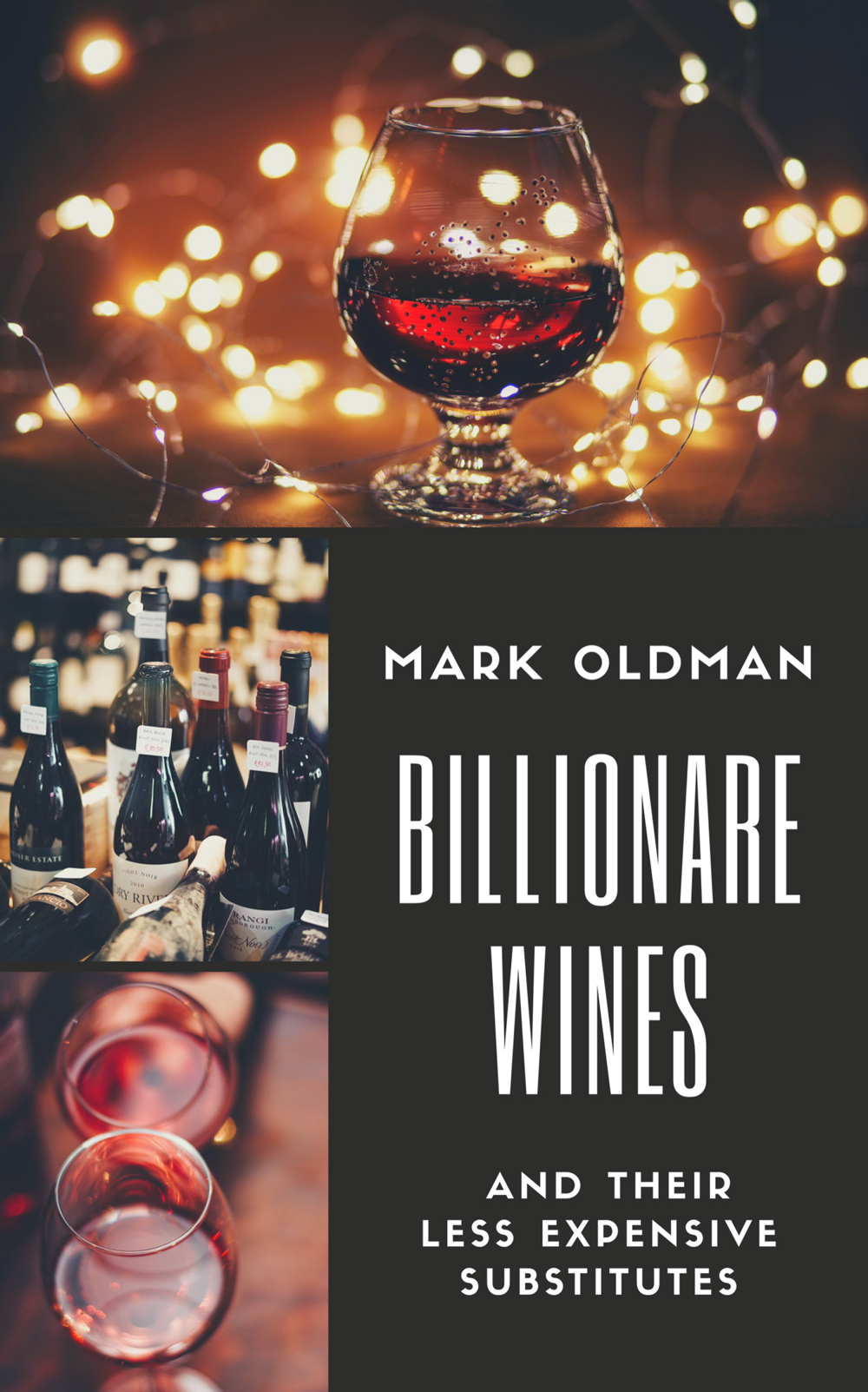Learn Orange Wine: A Delectable Journey Through Time

Wine enthusiasts are no strangers to the world of diverse red, white, and sparkling wine options. However, for those keen on learning wine, there’s a lesser-known gem in the wine world that has recently gained increasing attention: “orange” wine. It’s not made from oranges, but rather from white wine grapes, with an added twist. The secret, and some say the magic, lies in the winemaking. It’s well worth the time to learn orange wine. Let’s delve into the intriguing world of orange wine, exploring its history, production methods, flavor profiles, and why it’s becoming a sought-after choice for some wine aficionados.
A Brief History of Orange Wine
To truly learn orange wine, we must travel back in time to its origins. The roots of orange wine can be traced back thousands of years to the countries of Georgia and Armenia, nestled in the Caucasus region. The Georgians have been producing orange wine in large clay vessels, often submerged in the ground, called qvevri for over 8,000 years. The Armenians followed suit. This ancient winemaking technique involves fermenting white grapes with their skins and seeds, giving the wine not only its distinctive hue, but also intriguing organoleptic properties not normally associated with what is still technically a “white” wine made from “white” grapes.
As we transition to the more recent past, orange wine made its way into the heart of Europe during the Enlightenment period. This era of intellectual enlightenment and exploration sparked a curiosity about different winemaking methods. Orange wine became an exciting experiment for winemakers, particularly in regions like Friuli-Venezia Giulia in contemporary Italy as well as Slovenia. However, it wasn’t until the 21st century that orange wine truly began to captivate the global wine scene on the lookout for something seemingly “new” and definitely different. Wine expert Simon Woolf even published a book entitled Amber Revolution.

Making Orange Wine
A unique winemaking process sets orange wine apart from traditional white wines. To make white wines, the winemaker crushes the grapes immediately and then separates the must (the grape juice) from the seeds and skins. This produces a relatively clear liquid with hues from nearly colorless to deep yellow. To produce orange wine, winemakers also use white wine grapes, in many cases indigenous to their region. (Most orange wines are “terroir wines”). After destemming, however, the must ferments in contact with the skins and sometimes seeds, just as in red wine production. This extended skin contact can last anywhere from a few days to several months, depending on the winemaker’s goals.
During this time, the skins impart a range of flavors, colors, and, yes, tannins to the wine, resulting in its characteristic orange or amber hue. This prolonged skin contact also contributes to the wine’s complex flavor profile and textural richness. Woolf calls one orange wine, fermented for four months with skin contact, “soft and accessible” in mouthfeel, while being “both concentrated and profound, but also pure and fresh.” Sound intriguing? A great way to learn to appreciate orange wine and how it compares to red, white, and sparkling is to take a wine class that includes guided tastings alongside the teacher. Or, organize a wine event with friends!
Orange Wine's Flavor Profile
One of the most compelling aspects of orange wine is its diverse and intricate flavor profile. Orange wines tend to be more robust and substantially more tannic than their traditional white counterparts. Here are some common flavor notes found in orange wine:
• Stone Fruits: Expect flavors of apricot, peach, and nectarine, which are often associated with orange wine.
• Citrus Zest: You may detect hints of citrus, like orange peel or lemon, which complement the wine’s name.
• Floral Aromas: Orange wines often feature floral aromas, such as jasmine or orange blossom.
• Herbal Undertones: Depending on the grape variety and winemaking process, you might notice herbal notes like chamomile or thyme.
• Earthiness: Some orange wines have earthy undertones, reminiscent of mushrooms or wet leaves.
• Tannic Structure: Unlike most white wines, orange wines have a tannic structure akin to red wines, contributing to their texture and aging potential.
Food Pairing with Orange Wine
Pairing orange wine with food is a delightful adventure. The wine’s versatility allows it to complement a wide range of dishes. Here are some pairing suggestions to enhance your experience while you learn orange wine:
Cheese: The wine’s complexity pairs wonderfully with an assortment of cheeses, including aged gouda, blue cheeses, and Spanish Manchego, particularly those made from 100% sheep’s milk.
Seafood: The wine’s tannins and acidity make it an excellent match for seafood dishes like grilled shrimp or seared scallops.
Spicy Cuisine: Orange wine’s fruity and tannic elements balance the heat of spicy dishes, making it an ideal choice for Thai, Indian, or Mexican cuisine that uses chilis.
Roasted Meats: Orange wine’s robust character pairs beautifully with roasted poultry, pork, or even duck.
Vegetarian Fare: It complements vegetarian dishes like roasted vegetable platters, stuffed peppers, or mushroom risotto.
The Rising Popularity of Orange Wine
Recently, orange wine has garnered a dedicated following among wine enthusiasts and sommeliers, particularly those interested in so-called “natural wine” but not only. Its appeal lies in its unique flavors, versatility, and the way it connects ancient winemaking traditions with the intellectual pursuits of the Enlightenment period and modern tastes.
Orange wine has found a place in the world of natural and biodynamic winemaking. Many producers embrace minimal intervention methods, using native yeasts and avoiding additives, creating wines that are a true expression of their terroir. That, in and of itself, involves a whole debate that you can enter when you learn orange wine. Additionally, the trend toward exploring lesser-known grape varieties has further propelled orange wine into the spotlight. Consumers are increasingly seeking out distinctive, artisanal wines that tell a story of time and place.
Orange Wine’s Future
As wine production and markets evolve, orange wine’s presence is likely to grow. Winemakers are experimenting with different grape varieties, fermentation techniques, and aging processes, pushing the boundaries of what orange wine can be. It’s an exciting time for both consumers and producers, as the possibilities are virtually limitless. This runs from Robert Sinskey Orgia Pinot Gris made in Carneros and the Tessier Skin-Contact Pinot Gris from the Anderson Valley to the affordable and amusing “Gulp Hablo Orange” from Castilla-La Mancha in Spain.
In all, orange wine counts as more than just a trendy beverage; it’s a journey through time, connecting us to ancient traditions and the spirit of intellectual curiosity that defined the Enlightenment period. Take the time to learn orange wine, and take a virtual wine class. Its complex flavors, versatility, and ability to pair with a variety of dishes make it a fascinating addition to the world of wine. So, the next time you’re exploring the wine aisle or dining out, consider trying a glass of orange wine – you will find yourself on a captivating journey of taste and history.



